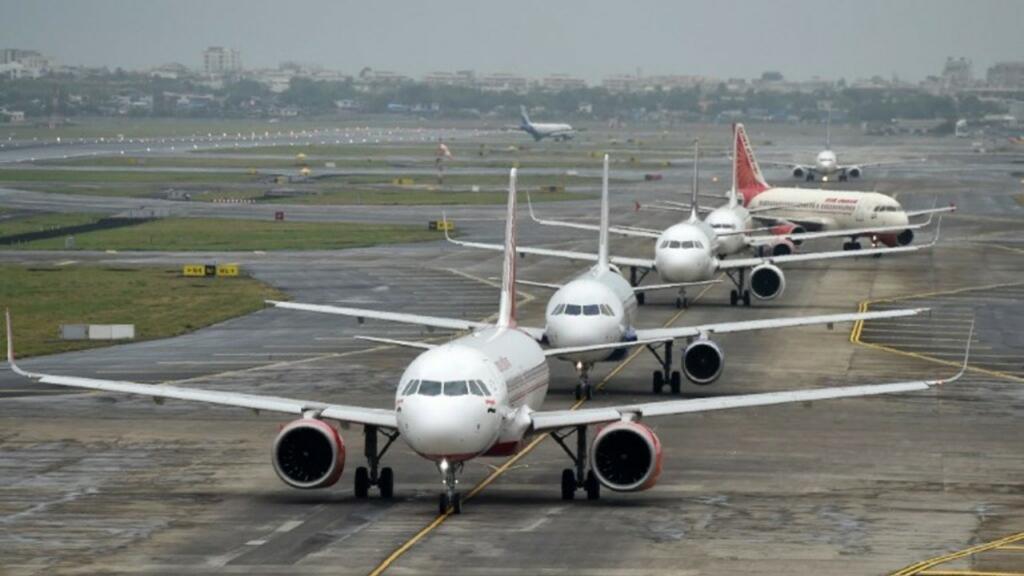We have all seen curious heads held high towards the sky to see a plane after hearing its voice. This was the scenario in almost all across India, especially in small towns. Actually, curiosity arises for a thing, when it is out of reach and unknown. In the past, the idea of travelling by flight seemed like a distant dream for many ordinary citizens due to its limited accessibility.
However, with the rise of Narendra Modi as the Prime Minister of India, his visionary leadership has inspired hope among the masses to experience air travel at some point in their lives. His policy of “Make in India” has also been aligned with his vision for better air travel opportunities, paving the way for a brighter future.
India will soon get affordable yet small planes
According to reports, India is seeking to collaborate with international aircraft manufacturers, such as Embraer SA of Brazil and Russia’s Sukhoi, to produce small planes locally in an effort to boost connectivity in remote and small towns.
It is anticipated that the government will maintain a 51 percent equity stake in an Indian company while asking the foreign partner to share technology. The planes, which normally hold less than 100 passengers, are most likely to be made in Gujarat, the home state of Prime Minister Narendra Modi.
India has completed preliminary discussions with Embraer, while Sukhoi has expressed interest in manufacturing regional jets locally. In addition, the country has also approached ATR, a joint venture between Airbus and Leonardo SpA of Italy, to ‘Make in India.’
Also read: The face of Adani-run airports is all set to change
UDAN’s dream of PM Modi
Now that we are talking about ‘Make in India’ in civil aviation, it becomes more interesting to know that this initiative will actually boost PM Modi’s vision of the “Ude Desh ka Aam Nagrik” scheme (UDAN). PM Modi launched a scheme called UDAN in October 2016. The motive behind the scheme was to provide affordable flight access to common people with a meagre charge of around Rs. 6 per kilometre. Next year, in 2017, he flagged off the first UDAN flight under the regional connectivity scheme on the Shimla-Delhi route, along with two other routes.
On this occasion, he addressed a Parivartan rally in Shimla. He said, “I have lived in poverty and hardly need to study its definition. I am well aware of the pangs of poverty.” It was in that address he expressed his clear vision for the masses when he said,’’अब हवाई चप्पल वाले भी हवाई जहाज में होंगे l” which roughly translate, those who wear flip flops will travel through flights.
Also read: Mamata sacrifices Kolkata’s upcoming airport at the altar of her political ambitions
Recent trends in aviation traffic
Since then, the number of flights and passengers has grown considerably. However, the pandemic posed resistance in the last 2 years, but now the industry has started to bounce back to new heights.
According to an ICRA report, domestic air passenger traffic touched 1.25 crore in January this year. On a year-over-year basis, this represents a 96 percent increase in traffic. Last year, the traffic was 64 lakh in January. Although the increase is still lower than the pre-pandemic level, the difference is merely 2 percent, which will surely be covered within a short span of time.
Also read: Jewar Airport: Noida, Ghaziabad and entire Western UP will never be the same again
It is the need of the hour
India is the world’s fastest-growing aviation market. Leaving the metropolitan cities aside, major cities in India have limited space and overall capacity, along with shorter runways that are not well equipped to handle the current sky dominating heavy Airbus and Boeing. So the government is planning to ramp up its fleet with small planes.
Similarly, India has a diverse geography, and as a result, there are many routes that are remote. Small planes can become very important assets in those areas. Apart from that, India’s population is more than 1.4 billion, with a majority in the middle class. So there is a requirement for more flight availability at an affordable rate. As per the Airbus SE estimates, India will need 2,210 aircraft by 2040, comprising 80% smaller jets.
Also read: Kabul Airport: Doesn’t look like an Airport, looks like hell
A bright future for the aviation industry
As part of a regional connectivity program, India has allocated 45 billion rupees ($545 million) to develop 100 inadequately served airports, heliports, and water aerodromes, along with opening 1,000 new routes by next year.
India desperately needs to increase the reach of civil aviation to each and every common citizen. But that not only requires the strengthening of airport networks but also an increased fleet with an affordable ticket price. But aviation turbine fuel (ATF) plays a crucial role in that.
Despite the increase in flight traffic, the losses are still persisting because of the hike in ATF prices. For that purpose, the small plane will be more cost-effective and easier to operate in the domestic airport network. Additionally, the manufacturing and the majority stake will be based in India, making the deal more India-specific. So, it will not be wrong to say that this deal will open the door for a bright future for the Indian aviation industry.
Support TFI:
Support us to strengthen the ‘Right’ ideology of cultural nationalism by purchasing the best quality garments from TFI-STORE.COM
